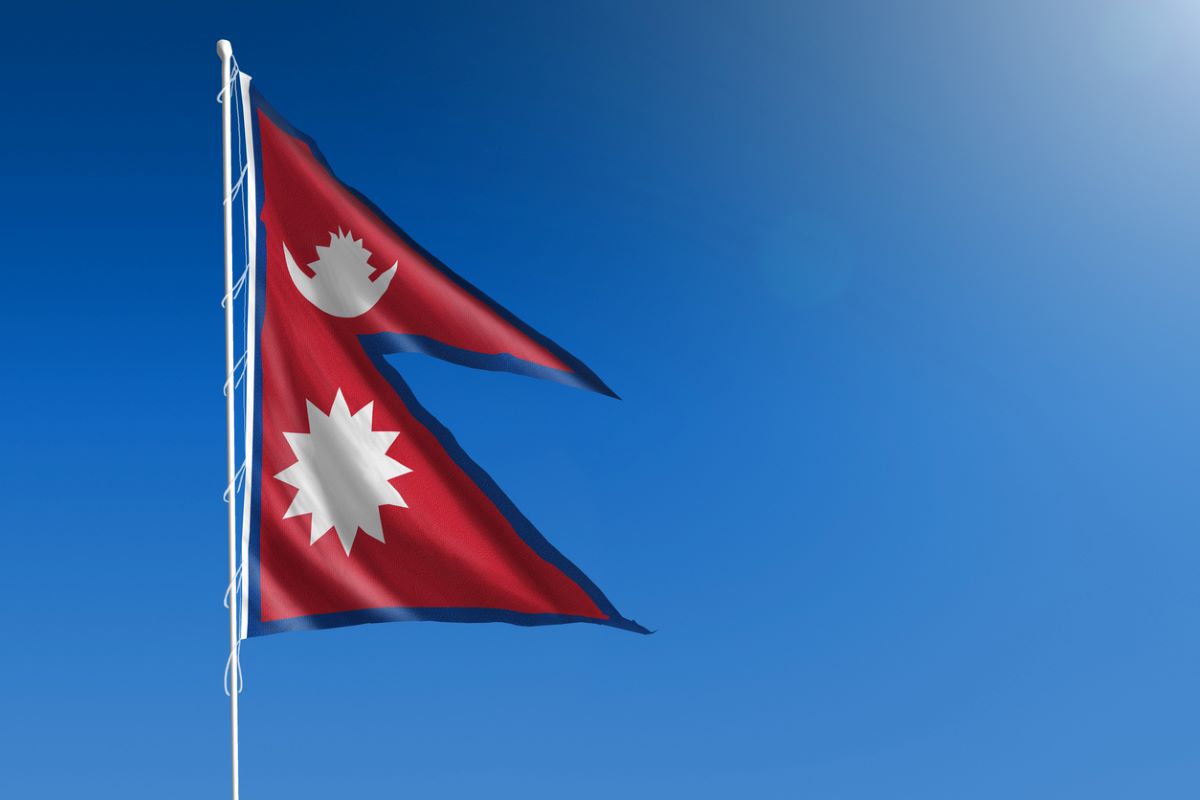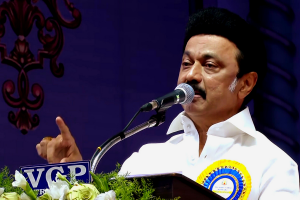Amid sluggish major macroeconomic indicators, Nepal has been facing economic challenges and hassles as per the latest central bank data.
Alhough Nepal’s Finance Minister Janardan Sharma has been claiming that there is no economic crisis in the country and the overall economic indicators are in a recovery phase, some experts and industrialists have warned of imminent danger.
Advertisement
According to data released by the Nepal Rastra Bank earlier this month, the country’s inflation averaged 7.14 per cent, which is the highest in the last 67 months and also in the first eight months of the current fiscal year 2021-22.
Consumers are feeling the heat of price rise due to the increase in the rates of petroleum products.
The Nepal government has already decided that all government vehicles would be banned from plying on holidays and decided to slash the fuel consumption by 20 per cent overall.
Petroleum products are the country’s largest import items accounting for 14 per cent of Nepal’s entire import volume and due to the ongoing war between Russia and Ukraine, the supplies of the petroleum products are coming at rising price.
The Confederation of the Nepalese Industries (CNI), an apex body of the country’s traders and commerce, said on Wednesday that Nepal’s economy is not like Sri Lanka and the economic crisis of the Himalayan nation is not in bad shape as claimed by some.
“The economic condition of the country is not in peril, there is no need to be pessimistic,” Bishnu Agrawal, Chairman of the CNI said. “We are not claiming that everything is fine and good but it is not worsening as some are claiming.”
Due to the Covid-19 pandemic, Nepal’s tourism industry, which is considered a major source of foreign currency, was one of the hardest hit.
But due to the lack of exportable items, Nepal’s foreign currency reserve has depleted fast due to the increase in imported items.
As per the central bank data, the Balance of Payment (BoP) deficit has ballooned to $2 billion since the early months of the current fiscal year (starting from mid of July).
On the other hand, remittance inflows decreased by 1.7 per cent to a review period of eight months. Remittances are Nepal’s largest source of foreign exchange.
With imports surging and remittances falling, foreign exchange reserves have continued to decline. As of the first eight months of the current fiscal, the country’s foreign exchange reserves dropped 16.3 per cent.
The available reserves are sufficient to sustain imports of goods and services for just 6.7 months against the central bank’s policy of maintaining the reserves to sustain imports for at least seven months.
Officials and experts say that the indicators prove that all is not well with the economy with the external sector looking vulnerable.
As an import-dependent country, Nepal should have a sound external sector, particularly the country should have enough foreign exchange reserves to buy essential consumer and industrial goods, they added.
After the huge ballooning of imported items, Nepal has stopped issuing the letter of credits (LC) against some luxurious imported items which still continues.
The economic condition of the country is not as perilous as some are saying but it is manageable, Chirinjibi Nepal, former governor of Nepal�s central bank said. “But we should remain alert.”
Late last year, the government and the central bank started taking certain indirect measures to control imports.
In November, the customs department started seizing gold imported in the form of jewellery exceeding the legal limit.
In December last year, the central bank unveiled a new policy making it mandatory for importers to keep 100 per cent margin amount to open an LC for importing 10 types of listed goods.
Importers of motorcycles, scooters, and diesel-powered private automobiles also have to maintain a 50 per cent margin of the total import value.
The list of products to be encouraged for imports was increased to 47 in February this year. The central bank also adopted the policy luring non-resident Nepalis to open accounts in domestic banks in foreign currencies.
But these measures are yet to bring significant gains to the economy.
Though overall foreign exchange reserves declined in the eighth month, the rate of decline came down. One of the reasons, according to central bank statistics, is that inflows of remittance increased substantially in the eighth month of the current fiscal year.
Despite major economic indicators remaining grim, officials and experts say the Nepali economy is unlikely to see the situation like that in Sri Lanka.
They said that although the economy appears to be heading in the direction of Sri Lanka, there are certain differences between the conditions of the two countries and this will stop the country from becoming another Sri Lanka.
Some elements are trying to create a noise that Nepal is heading towards Sri Lanka-like situation,” Finance Minister Janardan Sharma said. “Some are trying to create unnecessary noise ahead of elections and trying to make it an elections agenda but we will not let it happen.”











